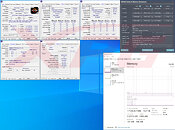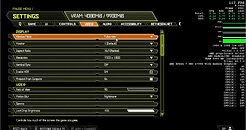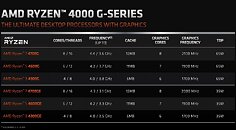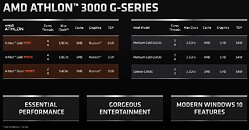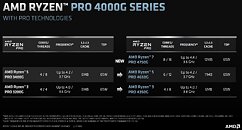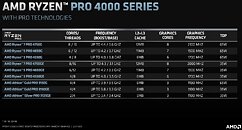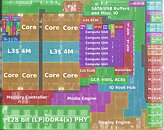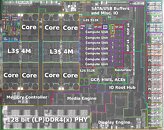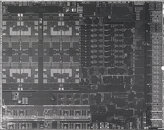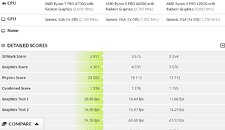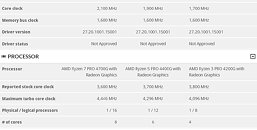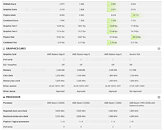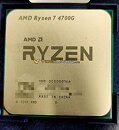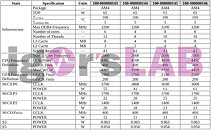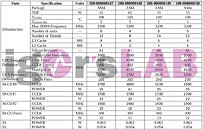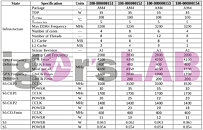
ADATA XPG SPECTRIX D50 Xtreme Clocked to 5400MHz on Gigabyte Motherboard
ADATA Technology, a leading manufacturer of high-performance DRAM modules, NAND Flash products, and mobile accessories, today announces that the XPG Overclocking Lab (XOCL) has clocked the SPECTRIX D50 Xtreme RGB DDR4 memory module to a frequency of 5400 MT/s. The result was achieved on a GIGABYTE B550 VISION D motherboard featuring an AMD Ryzen 7 4700G processor.
Manufactured with only the highest quality chips and PCBs, the SPECTRIX D50 Xtreme offers excellent stability, reliability, and performance and supports the latest Intel and AMD platforms. The SPECTRIX D50 Xtreme sports an elegant and solidly constructed metal heatsink adorned with bold geometric lines and a triangular RGB light bar that perfectly fits the module's overall design.What's more, in line with its limited-edition status, the SPECTRIX D50 Xtreme comes in a special edition packaging that features a glossy exterior and premium box.
Manufactured with only the highest quality chips and PCBs, the SPECTRIX D50 Xtreme offers excellent stability, reliability, and performance and supports the latest Intel and AMD platforms. The SPECTRIX D50 Xtreme sports an elegant and solidly constructed metal heatsink adorned with bold geometric lines and a triangular RGB light bar that perfectly fits the module's overall design.What's more, in line with its limited-edition status, the SPECTRIX D50 Xtreme comes in a special edition packaging that features a glossy exterior and premium box.
